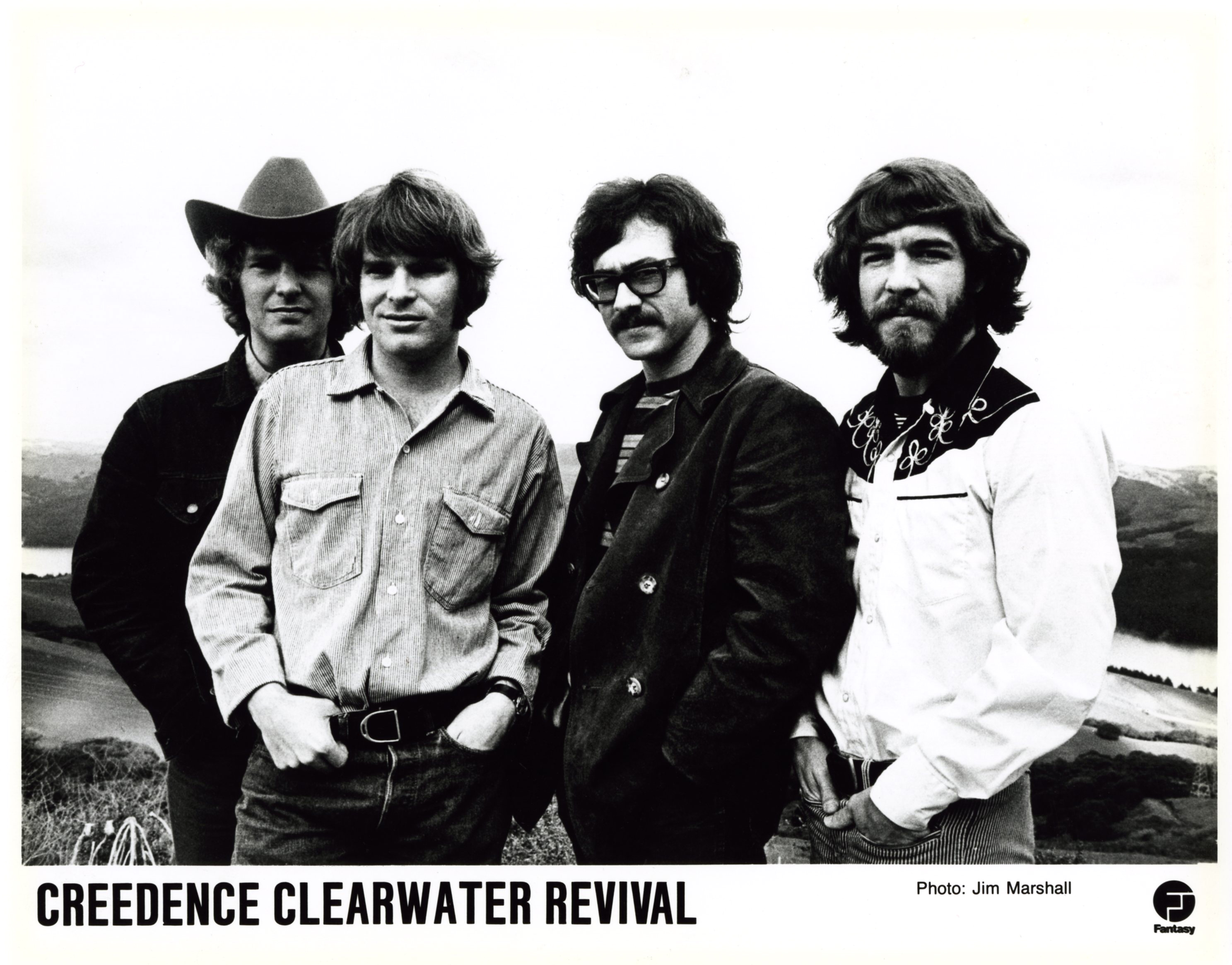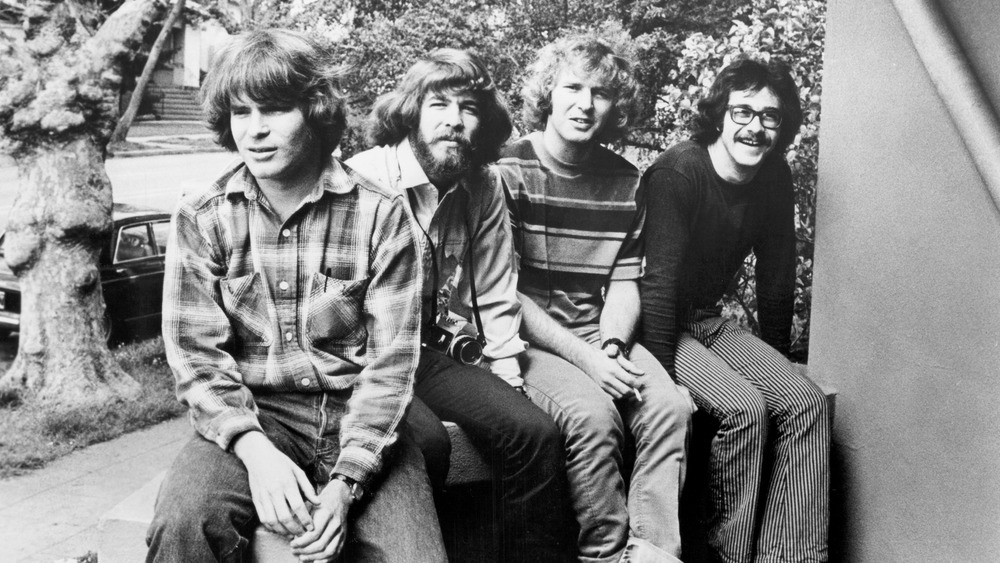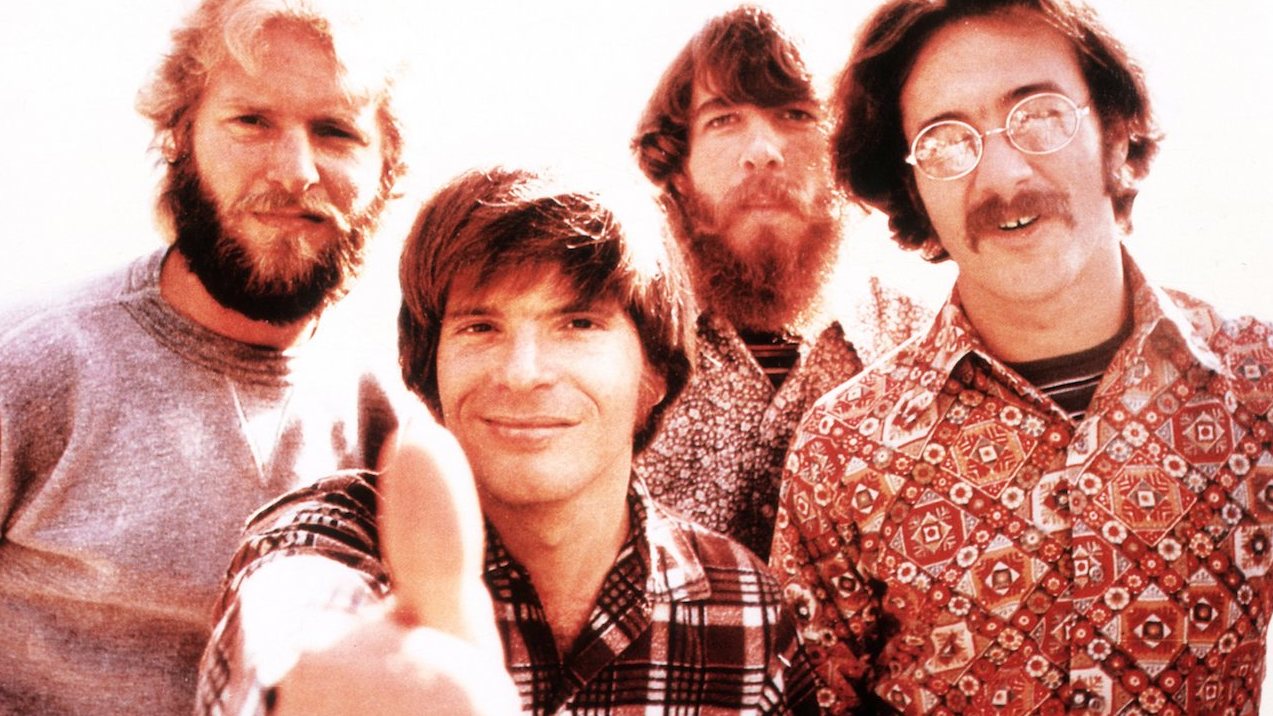Creedence Clearwater Revival: Where Are They Now? A Look At The Members
How does a band, born in the vibrant crucible of the late 1960s, leave an indelible mark on the landscape of rock and roll, influencing generations even decades after its demise? Creedence Clearwater Revival, often abbreviated as CCR, not only achieved massive commercial success but also crafted a unique sound that continues to resonate with music lovers worldwide.
Formed in El Cerrito, California, in 1967, CCR quickly ascended to become one of the most influential American rock bands. The original lineup comprised John Fogerty, the lead vocalist, lead guitarist, and primary songwriter; his brother, Tom Fogerty, on rhythm guitar; Stu Cook on bass; and Doug Clifford on drums. Together, they created a sonic tapestry woven with elements of rock, swamp rock, and country, resulting in a distinctive and immediately recognizable sound. From 1968 to 1972, the band enjoyed remarkable success, releasing a string of hit singles and albums that propelled them to international fame.
| Member | Birthdate/Death Date | Instruments | Key Contributions & Career Highlights |
|---|---|---|---|
| John Fogerty | May 28, 1945 (Berkeley, California, U.S.) | Lead Vocals, Lead Guitar, Songwriter |
|
| Tom Fogerty | November 9, 1941 - September 6, 1990 (Scottsdale, Arizona) | Rhythm Guitar, Vocals |
|
| Stu Cook | April 25, 1945 | Bass |
|
| Doug Clifford | April 24, 1945 | Drums |
|
Reference: Rock & Roll Hall of Fame
Despite their meteoric rise, the internal dynamics within CCR proved to be a source of conflict. John Fogerty's dominance as the primary songwriter and creative leader, coupled with management disputes, ultimately led to the band's dissolution in 1972. This marked the end of an era for fans, who had come to love the unique blend of sounds the band created.
The band's discography is a testament to their enduring appeal. Albums like "Cosmo's Factory" and "Green River" showcase their versatility and songwriting prowess. CCR's music transcended mere entertainment; it became a soundtrack for a generation, reflecting the cultural and political landscape of the time. Hits like "Fortunate Son" and "Have You Ever Seen the Rain?" continue to be anthems, played at stadiums. They spoke to the social and political climate with a unique fervor.
In the wake of the band's breakup, the members embarked on diverse paths. John Fogerty, undoubtedly the most prominent figure, launched a successful solo career. His signature voice and songwriting continued to captivate audiences, further solidifying his legacy as a rock icon. Tom Fogerty also pursued a solo career, releasing several albums. Sadly, he succumbed to complications from AIDS in 1990. Stu Cook and Doug Clifford, meanwhile, reunited in 1995 to form Creedence Clearwater Revisited, a tribute band that continued to perform CCR's classic hits for audiences worldwide. This act proved just how much love people had for the band's music, to a wide and varied demographic of people. The band was inducted into the Rock & Roll Hall of Fame in 1993.
The story of Creedence Clearwater Revival, however, is not merely one of artistic triumphs. The band's internal conflicts, legal battles, and the personal tragedies that befell its members paint a more complex and often painful picture. These struggles, however, did not diminish the group's artistic legacy; instead, they added a layer of depth to the narrative, making it a tale of brilliance, tension, and lasting impact.
The band was formed in El Cerrito, California, the place that would be the foundation for their great music that would hit the top charts in the world. CCR's music found a home during a period marked by the rise of the Human Immunodeficiency Virus (HIV) and Acquired Immunodeficiency Syndrome (AIDS) in the United States. During the early days of that pandemic, blood became a vector for HIV infection and transmitted a fatal illness to approximately half of the 16,000 hemophiliacs in the united states and to over 12,000 blood transfusion recipients. These details speak to the social and political times, and how the group impacted people during those times.
The band's influence extends far beyond their sales figures and chart positions. CCR's music is celebrated by musicians across genres, and their songs are frequently featured in film, television, and advertising. Their impact can be felt in the work of countless artists who cite them as an inspiration. CCR's roots-infused rock and roll sound provided a different flavor that was missing in the musical scene during the late 1960s and early 1970s.
In 1993, when Creedence Clearwater Revival was inducted into the Rock & Roll Hall of Fame, tensions within the group were still palpable. While Stu Cook and Doug Clifford attended the ceremony, John Fogerty reportedly refused to perform with them. This incident highlighted the deep-seated divisions that had marred the band's history. The group's last show was in Denver, Colorado, on May 22, 1972. John Fogerty would officially leave the band in October of 1972, officially disbanding the band.
The legacy of Creedence Clearwater Revival remains firmly intact. The band members' individual contributions, the compelling narrative of their rise and fall, and the enduring power of their music are all pieces of the complex and captivating puzzle that is the history of CCR. The band's music is as relevant today as it was during the height of their fame. Whether you're a long-time fan or a newcomer, the music of Creedence Clearwater Revival is waiting to be discovered and re-discovered by many.
The decision by Cook and Clifford to form Creedence Clearwater Revisited and their continued performances of CCR's music are a testament to the enduring power of the band's catalogue. Despite the legal battles, personal conflicts, and the untimely passing of Tom Fogerty, the music of Creedence Clearwater Revival lives on. They understood the value of playing live shows and keeping the music alive.
In contrast to Creedence Clearwater Revival's tale, it is interesting to note the story of Cross Canadian Ragweed, a band formed in Yukon, Oklahoma, in 1994. While they share the lineage of an American rock band with roots influences, their narrative diverges from the internal struggles of CCR. However, both bands demonstrate the lasting impact of music on fans.
The compilation album "Recollection" is a collection of live recordings by Creedence Clearwater Revisited. The album provides a glimpse into the continued appreciation of the group's music. The live recordings are important for all types of fans of the band, and those that want to hear something fresh.


